Bergen
Top-Rated Tourist Attractions in Bergen
Bergen, Norway's second largest city, is also the west coast's largest port and one of Scandinavia's busiest cruise ship stopovers. Surrounded by a ring of hills known locally as the Seven Mountains, the city's idyllic setting and stunning natural harbor has cemented its reputation as one of Norway's most popular tourist spots. It's also one of the country's leading cultural destinations, hosting popular summer arts and music events, such as the Bergen International Festival, the Nattjazz Festival, and Bergenfest. It's also home to one of Europe's oldest orchestras, the Bergen Philharmonic Orchestra, founded in 1765, and was the summer home of composer Edvard Grieg. Bergen is also full of museums that explore the city's rich history, celebrate art, and even let visitors get hands-on with science.
1 Bryggen Hanseatic Wharf
Colorful Bryggen Hanseatic Wharf is one of Bergen's most popular tourist attractions. Chock full of restaurants, studios, workshops, and boutique shops, its narrow alleyways and old wooden merchant houses simply beg to be explored. Guided English-language walking tours of Bryggen are available from June through September, where you can learn about the Hanseatic merchants and life in medieval Bergen, as well as visit ruins from the Middle Ages. While here, check out the fascinating Bryggen Museum with its many displays and artifacts dating back to the 14th century and the city's early settlers.
2 Mount Fløyen (Fløyfjell)
To the northeast of Bergen rises Fløyfjell, a 319-meter peak offering magnificent views of the city and the surrounding area (visit early morning or at dusk for the most dramatic vistas). If walking is not your thing, you can take a funicular to the top. When you're done with the spectacular views of Bergen, leave the station behind and head to Blåmann - at 551 meters, the panoramic views from the top of this peak are well worth the effort.
3 Grieg Museum (Troldhaugen)
Located just a short trek to the south of Bergen, Troldhaugen is famous as the former home of Norwegian composer Edvard Grieg. Built in 1885, the well-preserved home is now the site of the Grieg Museum and is dedicated to the life and work of the composer. The Greig Museum is housed in the villa where Edvard and Nina lived, and visitors can also see the composer's hut, Greig's private workspace by the lake where he retreated for concentration. The site also houses Troldsalen, a chamber music performance hall, which seats 200 people and overlooks the composer's hut and lake. Concerts are performed here regularly from June through September.
4 Hanseatic Museum

The best preserved of Bryggen's 18th-century merchant homes, Finnegård has housed the Hanseatic Museum since its opening in 1872. This former counting house provides an excellent insight into the lives of the German merchants from the Hanseatic League. The building, which was constructed in 1704, has its original interior and includes displays of weapons, furnishings, and equipment. Also part of the museum, the assembly rooms and kitchen of Schøtstuene sit in Bryggen next to St. Mary's Church and contain additional exhibits about the merchants' community.
5 Bergenhus Fortress
The old Bergenhus Fortress has dominated the entrance to Bergen's harbor since the late 16th Century, and remains one of the most impressive such structures in Scandinavia. Be prepared to spend time in the excellent Bergenhus Fortress Museum with its fascinating exhibits relating to the contribution of women and resistance groups during the 1940-45 German occupation. Afterwards, stroll up to the walled remains of Sverresborg, a fortress built around 1660 on the remains of an even older 12th Century castle.
6 KODE Museums
The KODE consists of four locations in central Bergen, all of which are located along Lille Lungegård (Lake Lungegard). KODE1, previously known as Permanenten, holds several of the museum's permanent collections, including the Silver Treasure, which features works in silver and gold that were created locally. KODE1 is also home to the Singer Collection, which includes works by the Old Masters as well as antiques from Asia and Europe. KODE2 is home to a variety of changing exhibits and installations, as well as a comprehensive art book store. KODE3 is best known for its large collection of work by Edvard Munch, and the museum offers English-language guided tours daily June through August. KODE4 houses the museum's collections of Modernist art as well as the Kunstlab, an interactive art museum for children. The Kunstlab is free for kids 16 and under. Also under the management of the KODE are the city's three historic composers' homes, including the Edvard Grieg Museum, the Harald Sæverud Museum, and the Ole Bull Museum.
7 Mount Ulriken
Hiking up Bergen's tallest mountain is one of the most popular things to do here for tourists and locals alike. There are multiple trails, with the most common starting points at either the Ulriken Cable Car station or the Montana Hostel. The hike is relatively steep and takes between one and a half and two hours, but tourists are rewarded with gorgeous views of the city and the opportunity to rest up at the summit's restaurant. Expert hikers can undertake the five-hour hike along Vidden Trail, which stretches from here to Mount Fløyen. The Ulriken Cable Car is, of course, an equally enjoyable way to climb and descend the mountain and provides excellent views and photo ops along the way.
8 Old Bergen Open-Air Museum (Gamle Bergen)
Tucked away in the old city district of Sandviken is the Open-Air Museum of Old Bergen, a living history museum, which brings tourists back to the early 19th century. The museum opened in 1946 as part of an effort to save Bergen's historic buildings and now preserves 55 original wooden houses, which once stood in the center of town. While exploring the old city, visitors can watch the living history interpreters go about their day, ask questions, and get a sense of the atmosphere of Old Bergen. The museum also hosts special events throughout the year that reflect typical celebrations from the time period, and performances are put on in the town square several times a day.
9 University Museum of Bergen
Bergen is famous for its university, which in turn is famous for its world-renowned museum collections. Well worth spending a day at, the university's museums include the Natural History Collection, the Cultural History Collection, and the Seafaring Museum. When you're ready for a break from all that learning, take a stroll in the university's lovely Botanic Garden. If you are interested in gardens, stroll across to nearby Nygårdspark for a peek at the flora and famous Unicorn Fountain by Gustav Vigeland. Afterwards, make your way to the Norwegian Arboretum, a superb collection of more than 5,000 plants from around the world.
10 VilVite Bergen Science Center
Language barriers won't keep you from learning from the numerous interactive exhibits at the VilVite Bergen Science Center. Popular with families, the museum encourages visitors of all ages to get hands-on. Exhibits include an opportunity to experiment with hydropower, forecast the weather on-screen, and stand inside a bubble. You can also try your hand at navigating an oil tanker or delve into the deep-sea world of offshore drilling in a Virtual Reality experience. Other exhibits explore the properties of physics, energy, and weather.
11 Bergen Cathedral
The earliest recorded reference to Bergen's splendid cathedral dates back to 1181, when it began life as a monastic church. It was while being rebuilt after fires in 1623 and 1640 that the cathedral received its present façade, while architect Christian Christie added its Rococo interior during renovations in the 1880s. The cathedral is open to visitors on weekdays during the tourist season, from the beginning of June through the end of August, and there are English-language guided tours available during this time. Off-season, the cathedral is only open on a very limited basis.
12 Market Square
At the southeast end of the city's beautiful main harbor, Bergen's Market Square is always bustling. Its busy quays are where local fishermen land their catches each morning and along with the 700-year old Fish Market (Torget), it's a fascinating spectacle for early risers. This is also where the city's best restaurants purchase their seafood daily; be sure to make note of the catch of the day, so you can sample it at lunch and dinner.
13 Lisøy Island
On Lisøy, an island in the suburb of Fana, sits the romantic 1873 villa of the famous Norwegian fiddler, Ole Bull. The grounds have been open to the public since 1973, and tourists can explore the 13 kilometers of paths, enjoy a picnic in a gazebo, or relax by one of the numerous ponds. There is also a museum on site, which offers guided tours of the home and grounds. The ruins of Lyse Abbey (Lysekloster), also known as the Monastery of Lyse, are another major attraction on the island. Founded in 1146 by monks from York, England, this was the first Cistercian house in Norway.
14 Royal Residence
Bergen's Royal Residence and banqueting hall, Håkon's Hall (Håkonshallen), was completed for Norwegian King Håkon Håkonsson in 1261. Fully restored in 1950 after damage, this impressive hall is open to the public year-round. Situated nearby is the Rosenkrantz Tower, which dates from the 1270s. This exquisite Renaissance structure has been extended several times to act as a fortification and display of power. Tourists are able to climb to the roof, where there are excellent views over the city, and tours include other areas of the building, including the ominous dungeon.
(thanks to: www.planetware.com)
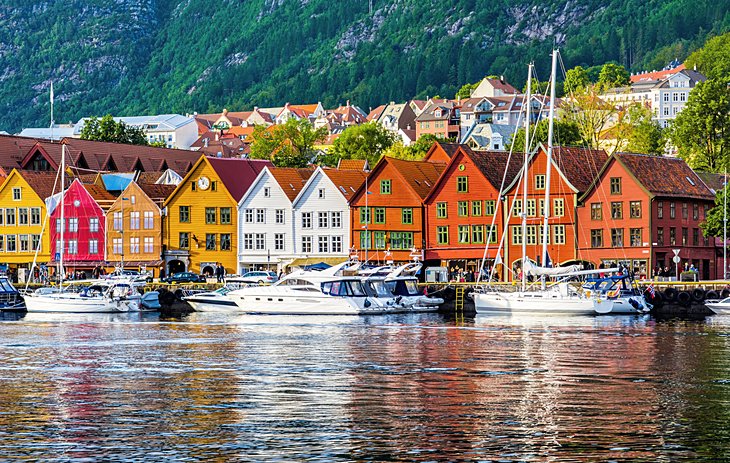
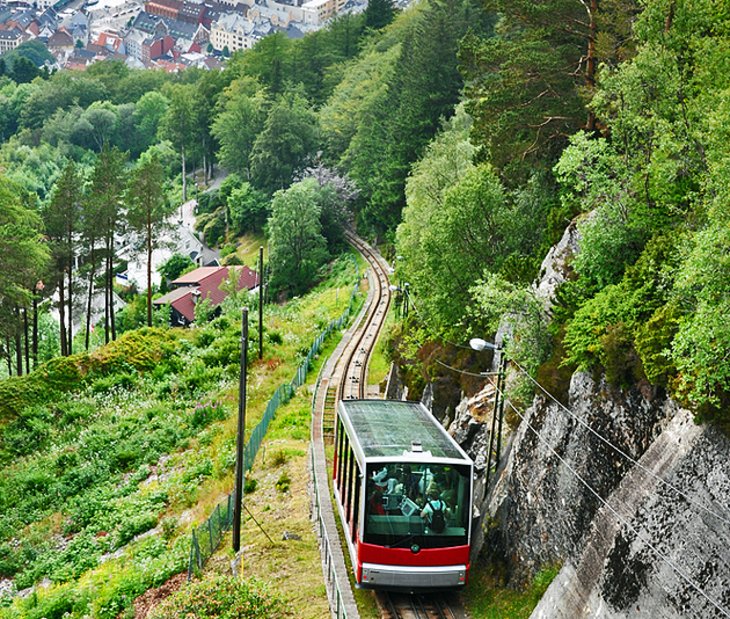
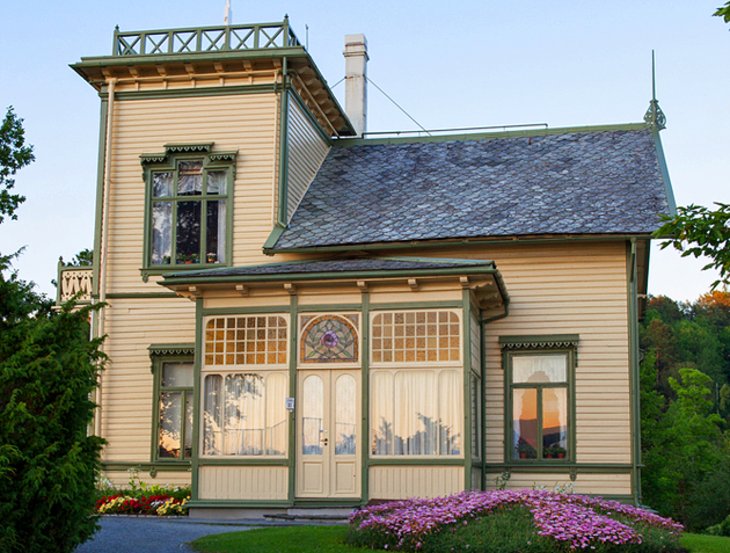
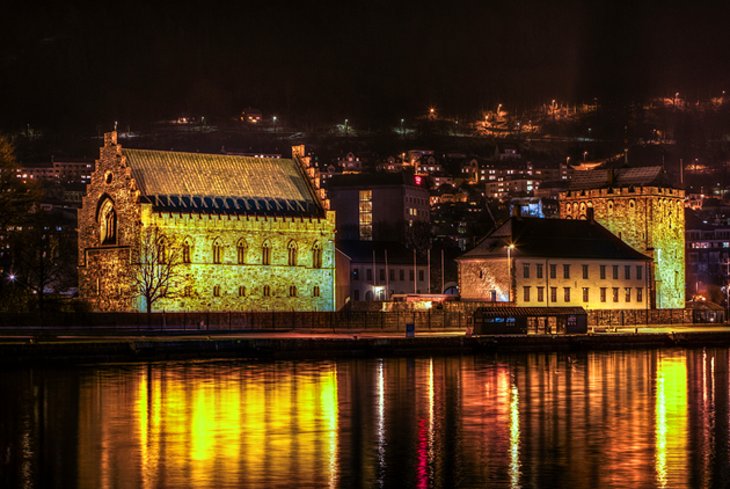
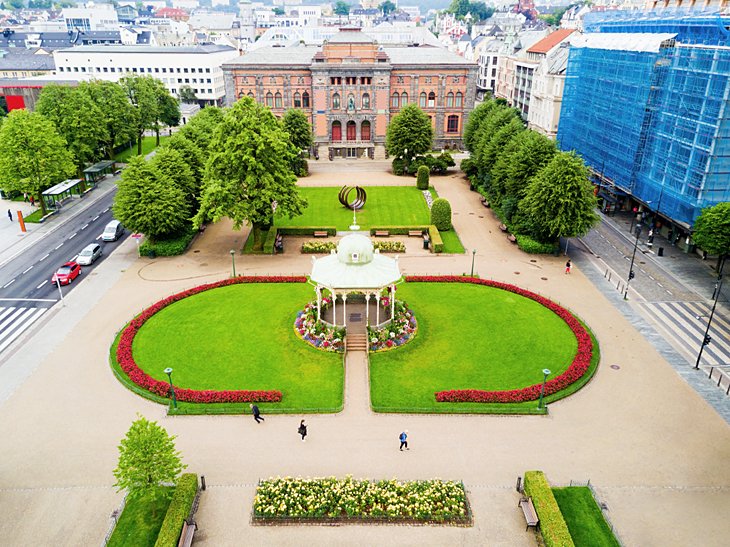
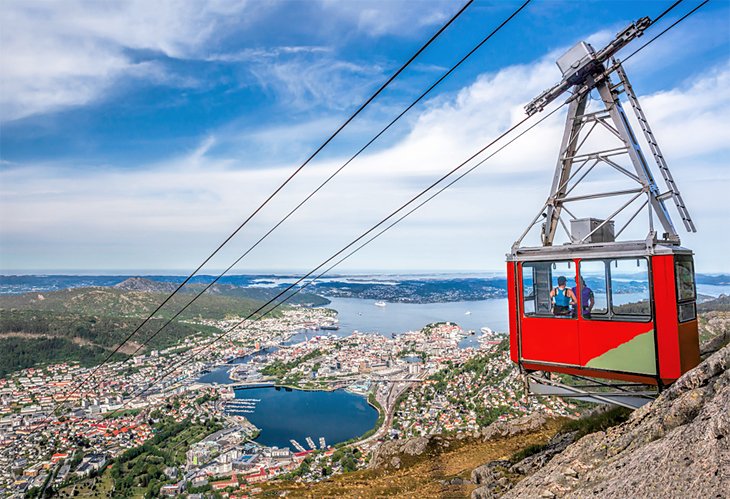
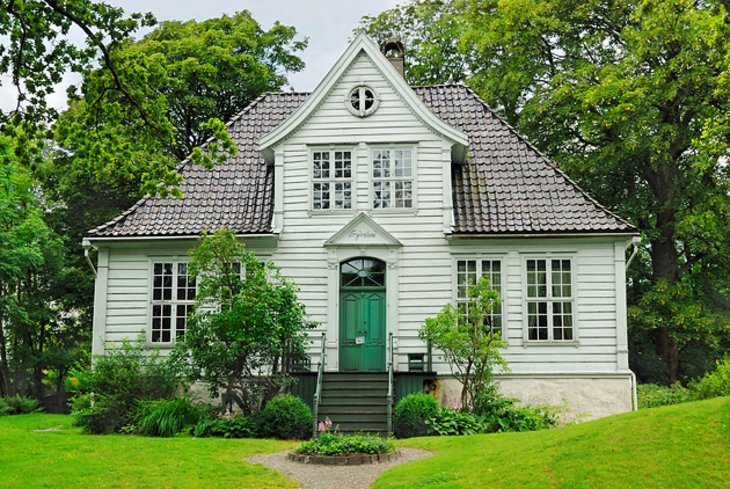
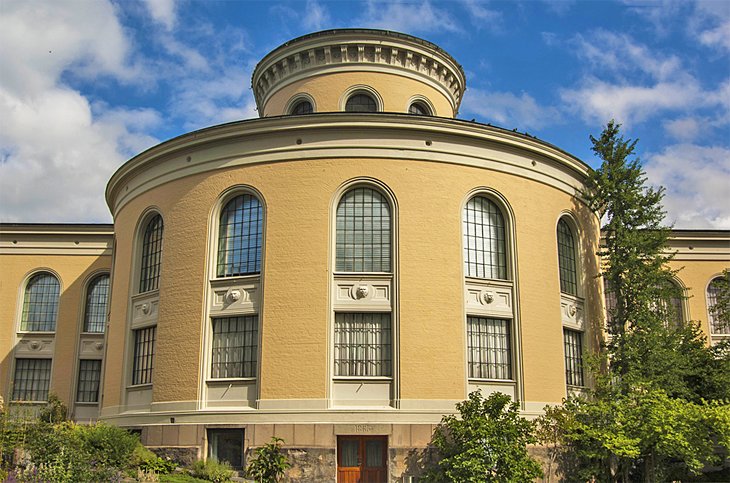
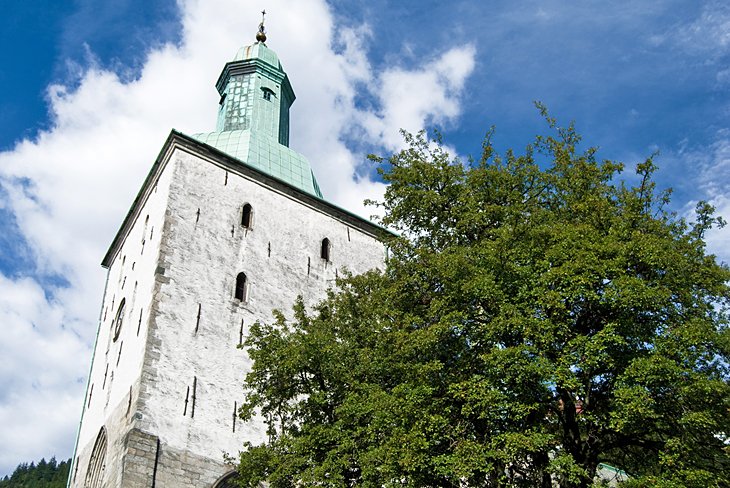
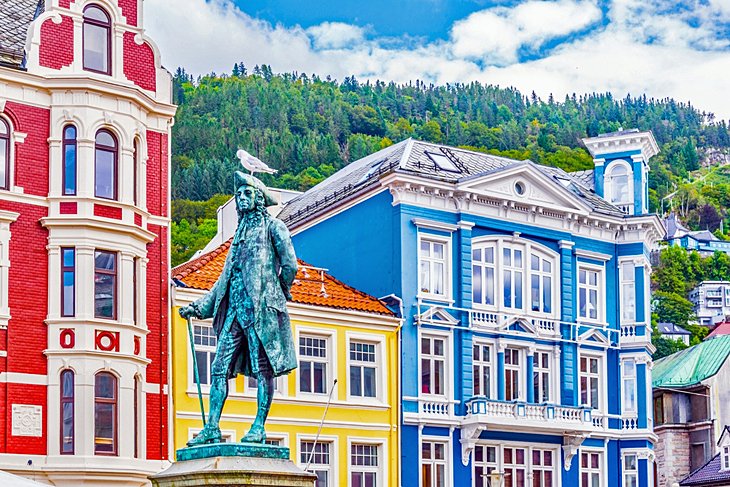
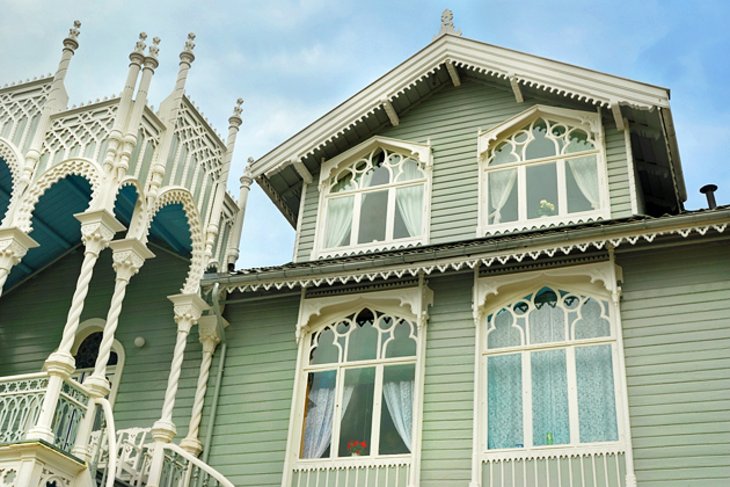
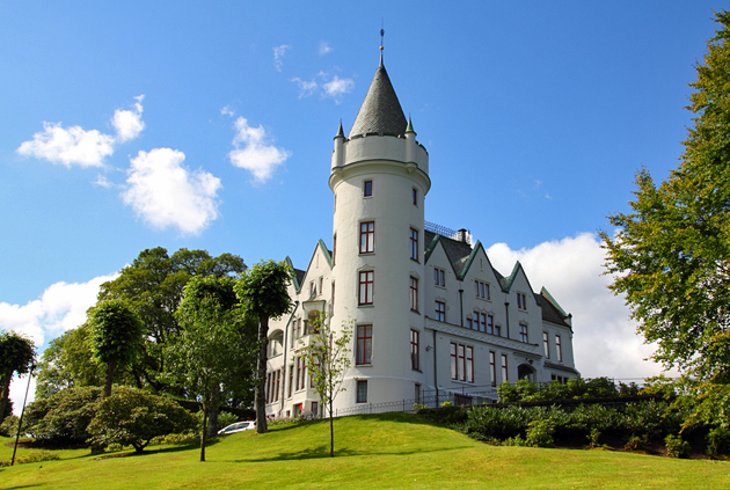
Comments
Post a Comment